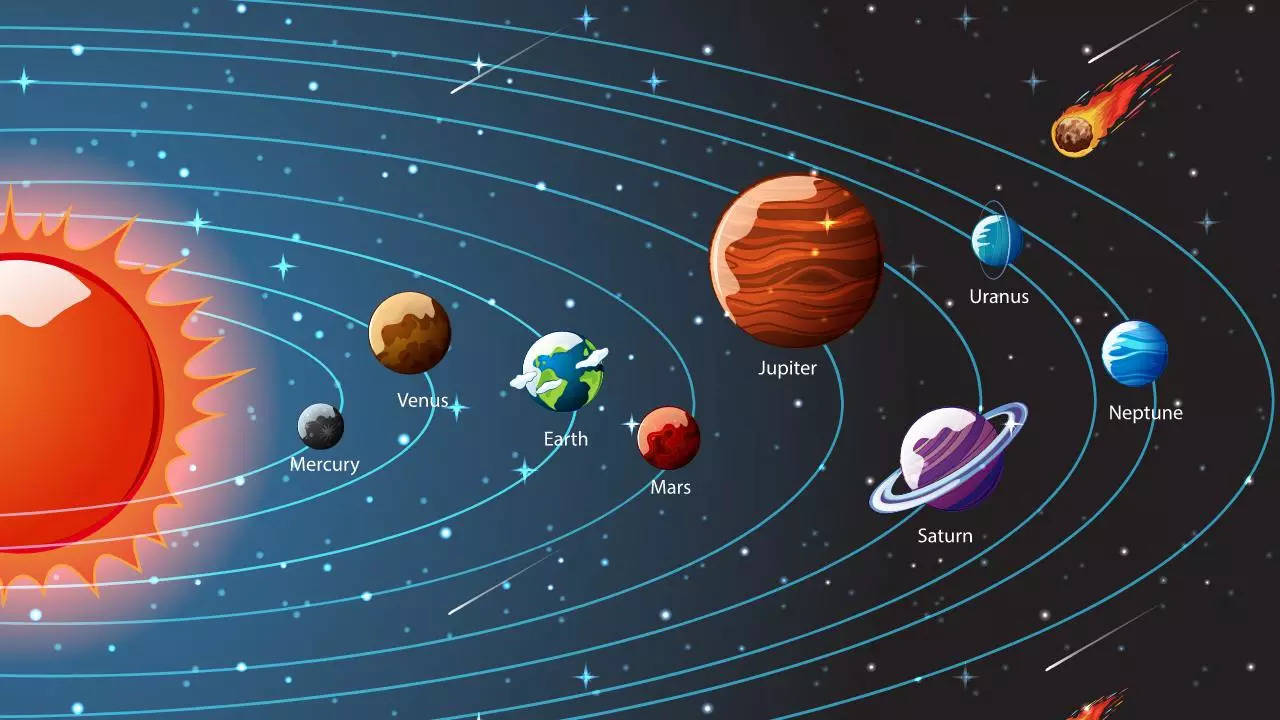Inventions:
Definition: Inventions are novel creations or discoveries that introduce something new to the world. They are often the result of human creativity, ingenuity, and problem-solving. Inventions can range from technological advancements and scientific discoveries to innovations in various fields.
Here are a few notable inventions along with brief descriptions:
Electricity (Electric Generator and Light Bulb):
Inventor: Thomas Edison
Description: Thomas Edison is credited with the development of the practical electric light bulb, which significantly impacted daily life. He also made crucial contributions to the development of the electric power distribution system.
World Wide Web:
Inventor: Sir Tim Berners-Lee
Description: Sir Tim Berners-Lee invented the World Wide Web, which revolutionized the way information is shared and accessed globally. It laid the foundation for the internet as we know it today.
Penicillin:
Inventor: Sir Alexander Fleming
Description: Sir Alexander Fleming discovered penicillin, the first widely used antibiotic. This breakthrough revolutionized medicine and had a profound impact on the treatment of bacterial infections.
Telephone:
Inventor: Alexander Graham Bell
Description: Alexander Graham Bell is credited with inventing the telephone, a device that transformed communication by allowing people to talk to each other over long distances.
Automobile:
Inventor: Karl Benz
Description: Karl Benz is often regarded as the inventor of the modern automobile. He built and patented the Motorwagen, the first vehicle powered by an internal combustion engine.
Computer:
Inventors: Various contributors
Description: The development of the computer involved the contributions of many inventors over time. Charles Babbage's design for the Analytical Engine is considered a precursor to modern computers, and later inventors like Alan Turing and John von Neumann made significant contributions.
Inventions play a crucial role in shaping the course of human history, driving technological progress, and improving the quality of life.




